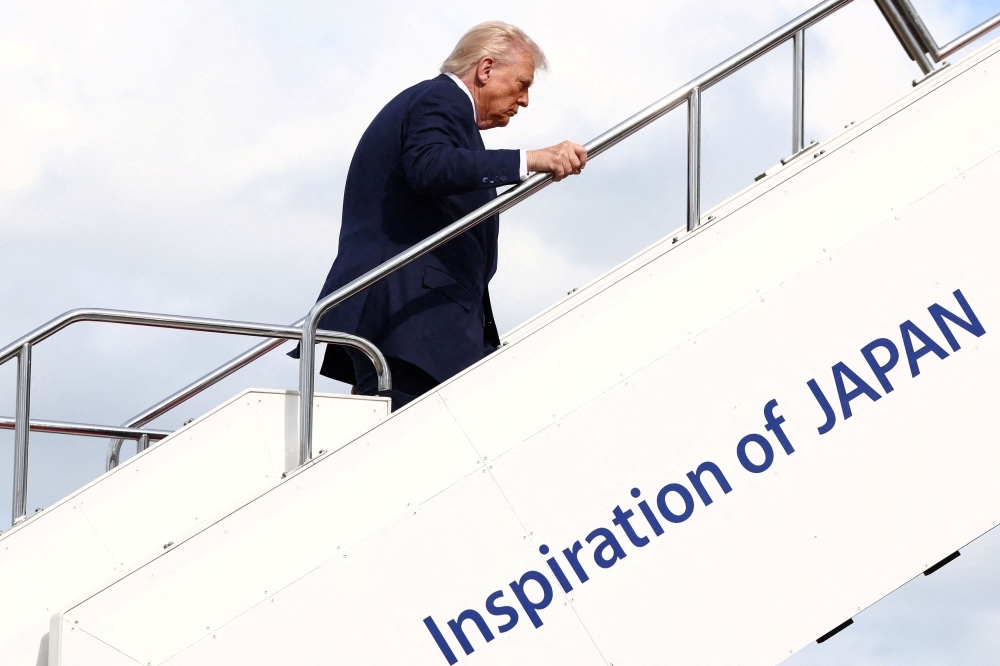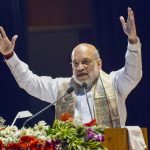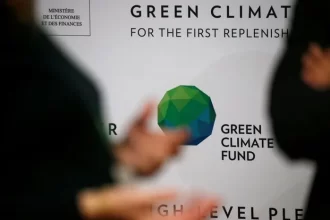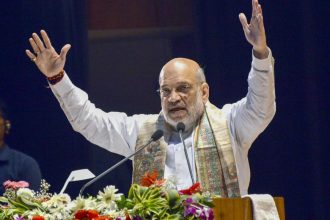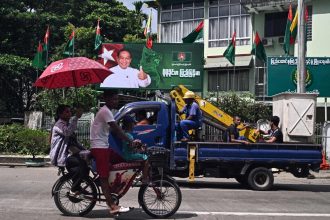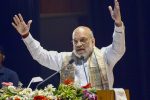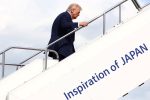As tensions ripple through the global economy, U.S. President Donald Trump embarks on a critical visit to South Korea — a trip that could reshape international trade and diplomacy.
Trump’s two-day stop in South Korea marks the third and perhaps most pivotal leg of his Asian tour. After being warmly received at a regional summit in Malaysia and praised by Japan’s Prime Minister Sanae Takaichi as a “peacemaker,” Trump now turns his attention to what could become a defining moment in his presidency — a long-awaited face-to-face meeting with Chinese President Xi Jinping.
The Trump-Xi summit, set for Thursday on the sidelines of the Asia-Pacific Economic Cooperation (APEC) gathering in Gyeongju, will be their first encounter in six years. The world’s two largest economies are reportedly close to finalizing a “framework” that could end a trade war responsible for shaking global markets and unsettling supply chains worldwide.
Yet, experts warn that optimism should be tempered. William Yang of the International Crisis Group notes that “there seems to be a mismatch in terms of where both countries are heading.” While Washington seeks a deal that Trump can herald as a victory, Beijing is approaching with caution — emphasizing trust, stability, and long-term balance over short-term wins.
After landing in Busan, Trump will meet South Korean President Lee Jae Myung for their second face-to-face discussion in two months. Trade will dominate the agenda as both sides attempt to bridge differences on tariff structures and investment commitments. A July announcement hinted at progress, with Washington agreeing to reduce tariffs in exchange for a massive investment pledge by Seoul. Still, disagreements remain over the fine print, particularly around auto tariffs.
Meanwhile, Trump’s arrival is expected to spark both anticipation and protest. Demonstrators in Gyeongju have already prepared to voice opposition to what they describe as “predatory investment demands.”
Adding to the complexity, Trump has extended a surprise invitation to North Korean leader Kim Jong Un for a potential meeting during his stay. The last time the two met — at the Demilitarized Zone (DMZ) in 2019 — it made headlines worldwide. While Kim has fondly recalled their past encounters, he remains cautious, signaling willingness to talk only if Washington reconsiders its stance on denuclearization.
Analysts say that although a symbolic encounter between Trump and Kim could occur, meaningful negotiations are unlikely. “North Korea has time on its side and isn’t as isolated as before,” said Hong Min of the Korea Institute for National Unification. “A handshake might happen, but tangible progress will not.”
As the world watches, the stage is set for another moment of global diplomacy — one that could either calm the storm or deepen the divide. Trump’s next moves will not only define U.S.-China relations but also shape the fragile balance of peace across the Korean peninsula and beyond.
